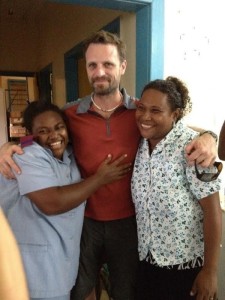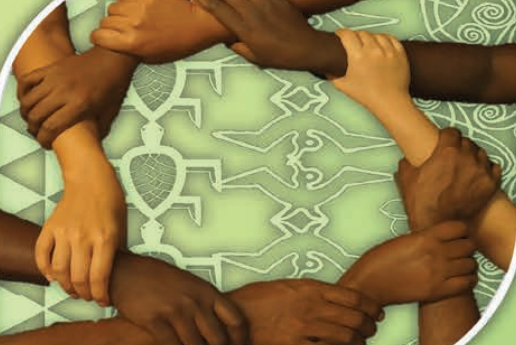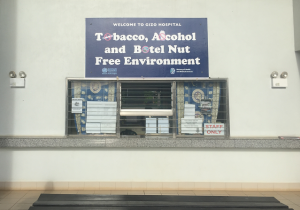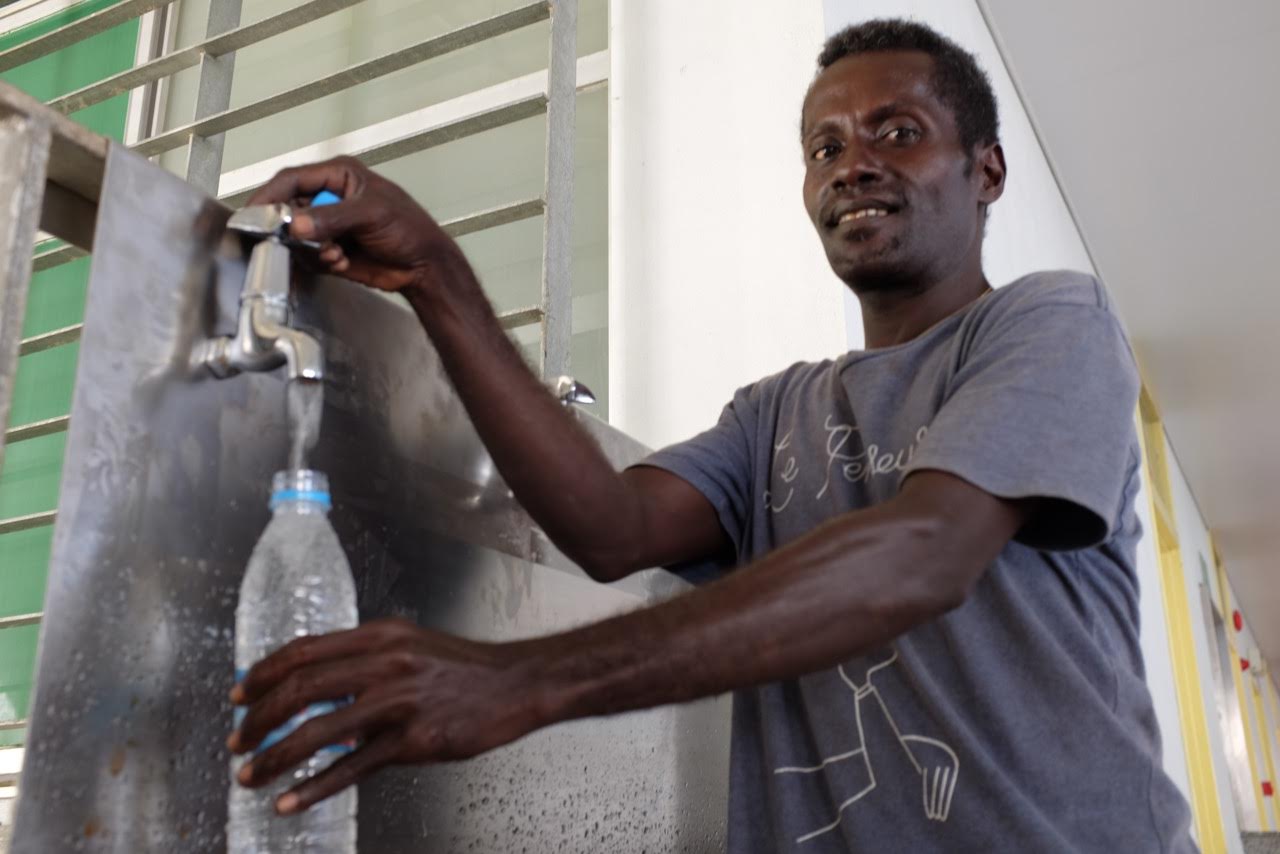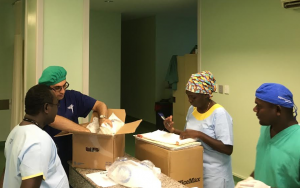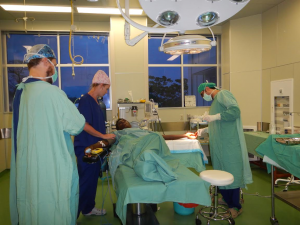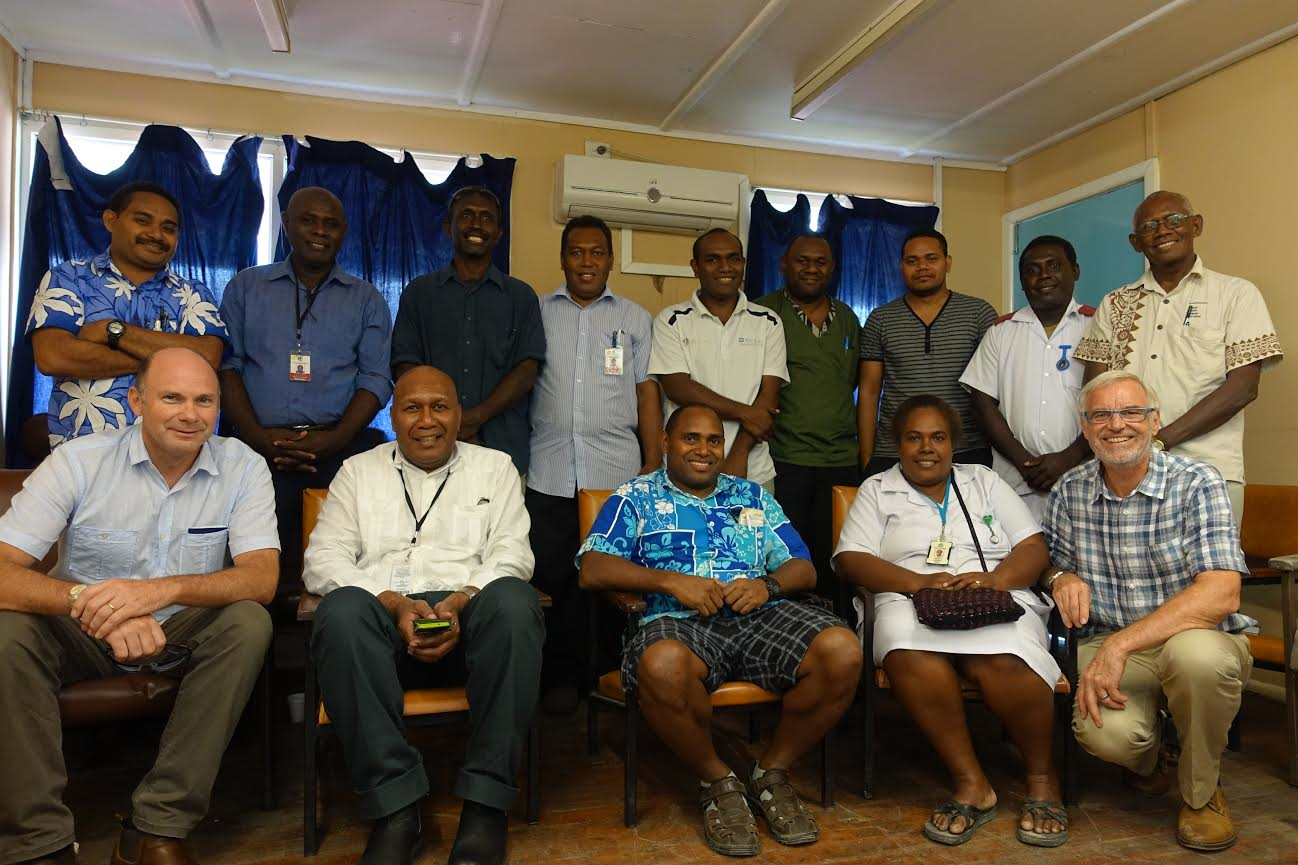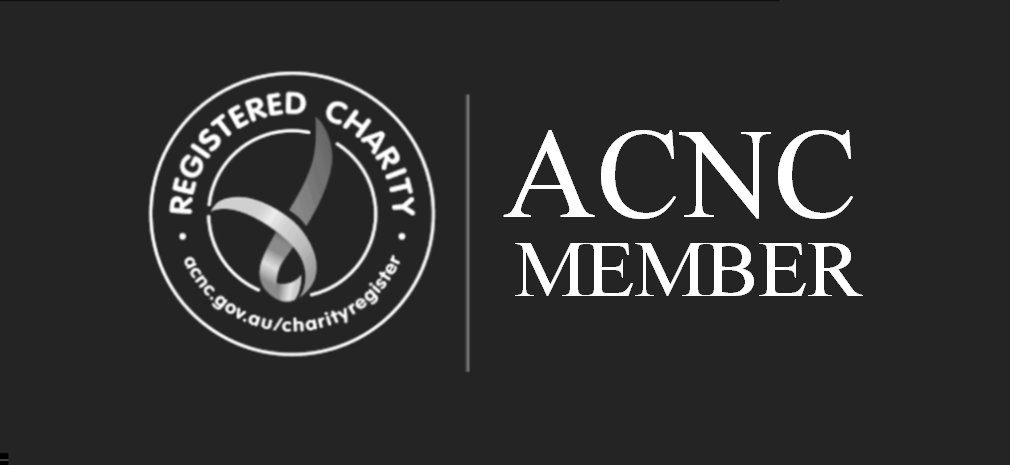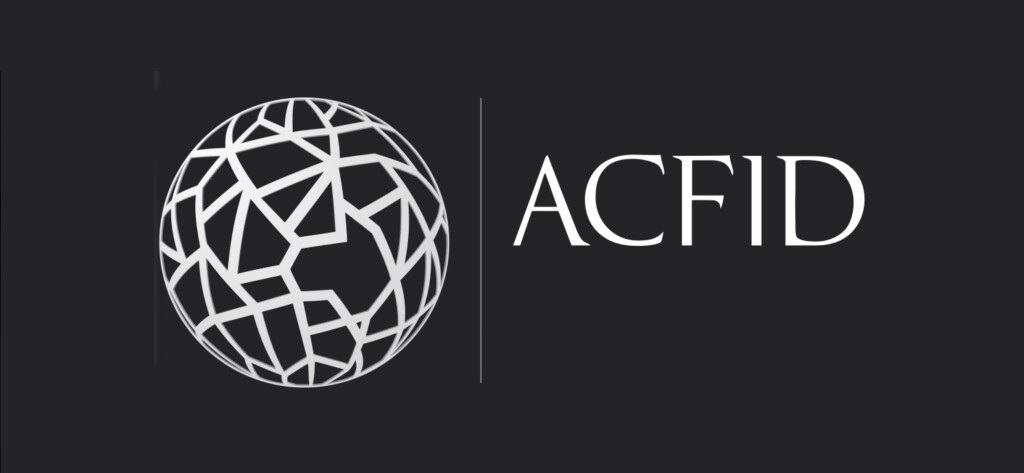FRONT ROW (left to right) Dr Paul Tauro, Dr Aaron Oritaimae, Dr Joseph Paahu (Radiology Registrar), Sr Maryleen (Surgical clinic nurse) , Assoc. Prof Hamish Ewing. BACK ROW (left to right) Dr Scott Siota, Dr Rooney Jagilly, Dr Roger Maraka (Pathologist) , Dr Dudley Ba’erodo, Dr Simon Wale (Radiology Registrar), Dr Michael Buin (Surgical Registra), Dr Stallone Kohia (Surgical Registrar), Cancer Nurse ?, Dr Douglas Pikacha
As a recently retired General Surgeon with a special interest in managing breast cancer, it was wonderful to be invited by the Surgeons and Radiologist at the National Referral Hospital (NRH), Honiara, to deliver an educational package to the NRH doctors to help them understand the philosophy and practice of Multi-disciplinary Care for treating women with breast cancer. This was in the setting of increasing numbers of women presenting, usually late, with breast cancer. In addition, NRH had a new Mammography machine that they were keen to fully utilise.
Knowing the infrastructure circumstances that prevail in the Pacific, my first thought was that such a visit was inappropriate, but as I developed my ideas I recognised that this was a great opportunity to improve standard of care and initiate a development plan for future improvements. One of the most important elements of Multidisciplinary Meetings (MDM) is the bringing together of “a team” of Health Professionals to best manage cancer care. To this end, I was able to recruit the Director of Radiology at The Northern Hospital, Melbourne, Dr Paul Tauro, to join me on this trip. How better to demonstrate the MDM approach than by bringing an integral member of “our team”?
The most important factor for the success of our trip was to plan an educational package to best suit the requirements of the team at NRH. We exchanged many emails in the months prior to the trip which meant that thought we had the correct ‘recipe’. Our ‘well-planned visit’ got off to an unfortunate start as a result of our flight from Brisbane being cancelled and our arrival in Honiara delayed by 26 hours! This was in the setting of a tight programme and the doctors at NRH having cancelled clinics, operating lists, etc. to accommodate our educational visit. All credit to the NRH team, we drove straight from the airport to the Seminar Room, with USB-sticks in hand, and worked from 4.30 – 6.30pm and then met again at 8.00 the next morning so that we some important theoretical information could be delivered before the special Breast Clinic consulting session that had been teed-up ahead of time by the NRH doctors. I consulted in the Clinic while Paul worked with the Radiologist and his trainees to ‘work-up’ the women we were referring to them. This was a great vehicle to demonstrate how Paul and I work together to reach clinical decisions expeditiously. As a direct result of the demonstrations in ultrasound cytology biopsy techniques, NRH had positive cytology results available in 24-hours. The capacity to achieve this had always been available but booking processes, needle biopsy techniques and follow-up clinic booking processes prevented streamlined management. Three simple steps made best use of skills already on-site at NRH. This proved to be really rewarding for all parties, including patients.
On the next day we held a demonstration MDM using patient case material we brought with us to demonstrate different clinical issues. We also discussed future developments for breast cancer care just ‘over the horizon’ as well as undertaking some Registrar training sessions.
On the final morning we were invited to make a presentation to the NRH Grand Round. This was a very well attended meeting with sixty doctors and nurses from all departments at NRH. This was a great opportunity to share the knowledge that we had all gained in the preceding three days. I also spent some time explaining the theory of MDM care and how the beginnings of this was already in place at NRH. Whilst delivering this Powerpoint it dawned on me that a Multidisciplinary approach was so very important for almost all conditions, especially the challenge that diabetes presents to Pacific nations. Where better to adopt a team approach than in diabetes? Doctors, nurses, ophthalmologists, podiatrists, physicians, surgeons and, very importantly, district health workers, all combining for a co-ordinated and unified team approach to care. This observation resonated with the audience that happened to include the physician CEO of NRH.
Our last session was to run an MDM to discuss the women we assessed in the Clinic on Wednesday morning. This exercise was real and undertaken in real-time rather than being strung-out over weeks or months, as had often been the case. This was all achieved with staff and equipment currently available in the Solomons. I have been reassured to learn that Breast Cancer MDMs continue to be successfully undertaken once a fortnight.
This was a well researched visit that was delivered under the auspices of the Australian Government supported Pacific Islands Programme in response to a request by the Solomons doctors. This visit also demonstrates the importance of Education, as much as Service Delivery, to advance skills and sustainability of a medical workforce in a developing nation close to our shores.
Assoc/Prof Hamish Ewing is a recently retired General Surgeon from Melbourne who obtained his FRACS in 1980. He is currently Associate Professor of Surgery at The Northern Hospital, Epping and the Clinical Dean for the University of Melbourne at the Northern Hospital. He has had an interest in surgery in the Pacific Islands for many year. In 2002, he first visited Dili, East Timor, as a relieving General Surgeon. This exciting, challenging and rewarding experience led to annual return trips to East Timor and subsequently Chairmanship of P.I.P. Monitoring Committee, External Examiner to University of PNG. M.Med(Surg) exams and membership to the Rowan Nicks & International Committees of the Royal Australasian College of Surgeons. A/Prof Ewing recently visited the National Referral Hospital (NRH) in Honiara to establish a multi-disciplinary team approach to the management of breast cancer.

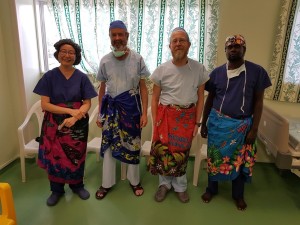

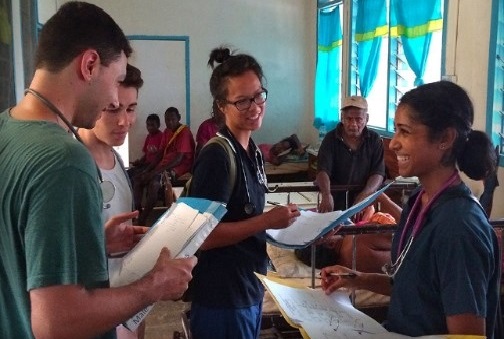
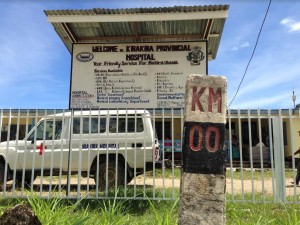 When the Australian based clinical staff departs, the student’s supervision is taken on by the local clinical staff. Because these are final year medical students, we believe their knowledge and experience aids the workforce of the Kirakira hospital. Feedback has been very positive.
When the Australian based clinical staff departs, the student’s supervision is taken on by the local clinical staff. Because these are final year medical students, we believe their knowledge and experience aids the workforce of the Kirakira hospital. Feedback has been very positive.